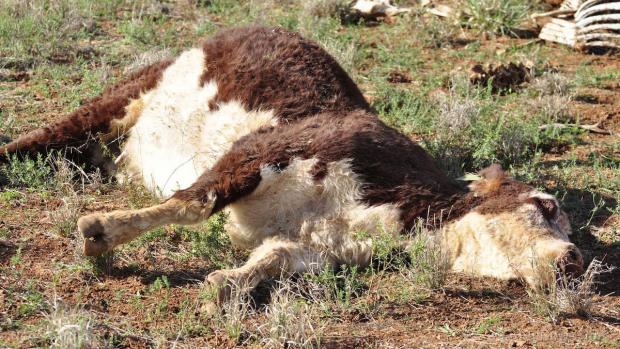
Breaking News
 Playing With Browsers to Find Google's Kryptonite
Playing With Browsers to Find Google's Kryptonite
 $349 165Ah Redodo Battery Teardown: The Company Responds!
$349 165Ah Redodo Battery Teardown: The Company Responds!
 Joel Salatin: Alternative Chicken Feed
Joel Salatin: Alternative Chicken Feed
Top Tech News
 Aptera's Solar EV Is Finally Ready For Production. Watch The Livestream Here
Aptera's Solar EV Is Finally Ready For Production. Watch The Livestream Here
 In-Wheel EV Hub Motors Could Be A Game-Changer. Why Aren't They Here Yet?
In-Wheel EV Hub Motors Could Be A Game-Changer. Why Aren't They Here Yet?
 Mars Terraforming Within 40 Years for Plants and No Spacesuits
Mars Terraforming Within 40 Years for Plants and No Spacesuits
 See-Through the Future of Display
See-Through the Future of Display
 $849 Wattcycle Server Rack Battery?! Quick Review...
$849 Wattcycle Server Rack Battery?! Quick Review...
 After Trump Threatened Apple, His Sons Announce a Made-in-America Phone
After Trump Threatened Apple, His Sons Announce a Made-in-America Phone
 "We're Not Ready for AI Simulation" | Official Preview
"We're Not Ready for AI Simulation" | Official Preview
 $839 Ecoworthy Version 3: Best Value 48V Battery for 2025?
$839 Ecoworthy Version 3: Best Value 48V Battery for 2025?
 Feature-packed portable learning lab for makers puts AI within reach
Feature-packed portable learning lab for makers puts AI within reach
U.S. launches sterile fly "factory" in battle against flesh-eating pest threatening livest

An $8.5 million sterile fly dispersal facility in Texas, poised to release millions of insects this year, underscores the urgency of preventing the pest from crossing into U.S. herds.
Secretary of Agriculture Brooke L. Rollins announced the Moore Air Base site on June 18 as part of a broader five-pronged strategy to reinforce border defenses and collaborate with Mexico. "The United States has defeated NWS before, and we will do it again," Rollins stated, emphasizing sterile insect technology (SIT) as a proven solution. The facility joins a $21 million production plant in Mexico, with combined weekly fly output projected to reach 160-300 million — a critical shield against a parasite capable of laying 3,000 eggs per female.
NWS females target wounds on warm-blooded animals, including cattle, dogs and even humans. Larvae burrow into flesh, causing severe infections that can kill livestock within weeks. Recent NWS detections in Mexico's Oaxaca and Veracruz states, just 700 miles from Texas, prompted the U.S. to halt imports of live animals from Mexico on May 11. Agricultural officials warn that a modern outbreak could mimic the economic toll of the 1976 Texas crisis, which cost over $1 billion in today's dollars.
A scalpel, not a sledgehammer: The sterile insect tactic's rebirth
The New World Screwworm reached eradication status in the U.S. by the 1960s through SIT, a method pioneered in the 1950s using gamma radiation to sterilize male flies. When released, these flies outcompeted wild males, collapsing local populations each mating cycle.
Yet decades later, scientists and ranchers now face a dual challenge: preventing illegal reintroduction and addressing "lazy" mass-reared flies, which past USDA programs deemed ineffective. The new Texas facility, situated just 20 miles from the border, is designed to optimize efficiency. "We learned from previous efforts but are scaling up production and precision targeting," Rollins explained.
The plan also includes research into next-gen technology, including genetic modifications and e-beam sterilization. "We'll use every tool," said Rollins, citing land-grant universities as partners in refining traps, surveillance and training.

 How Water Recycling Works
How Water Recycling Works  How are holograms possible?
How are holograms possible?


